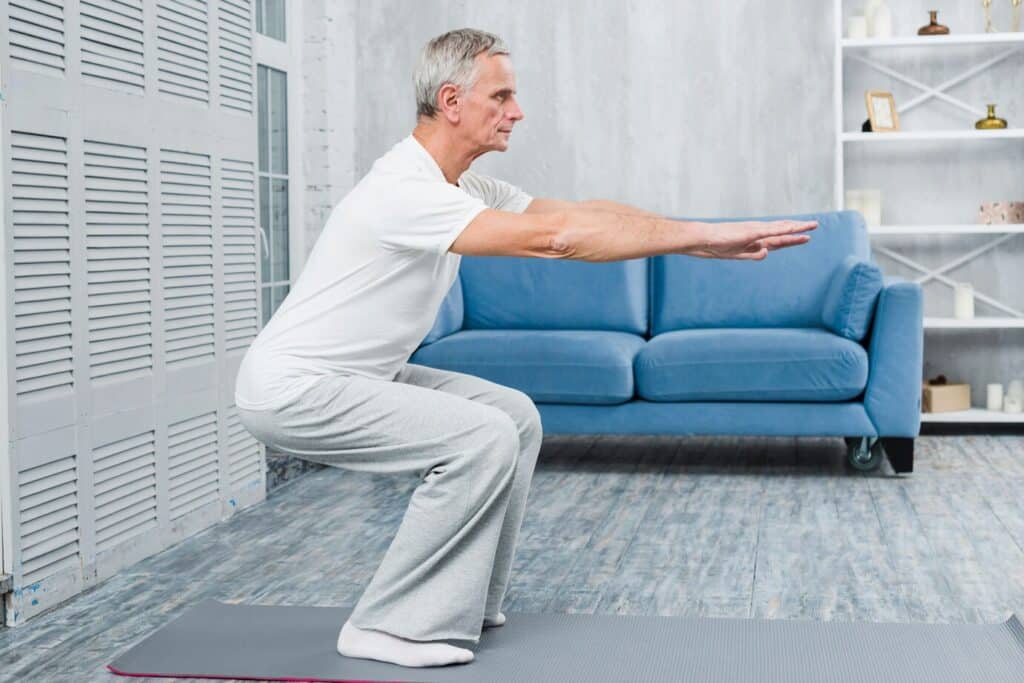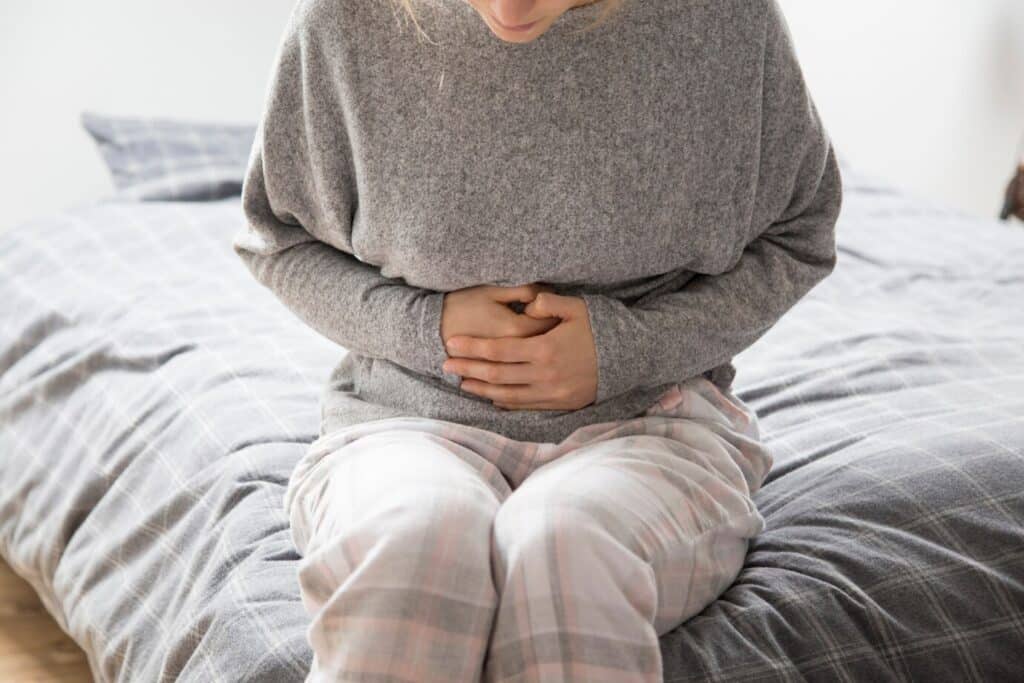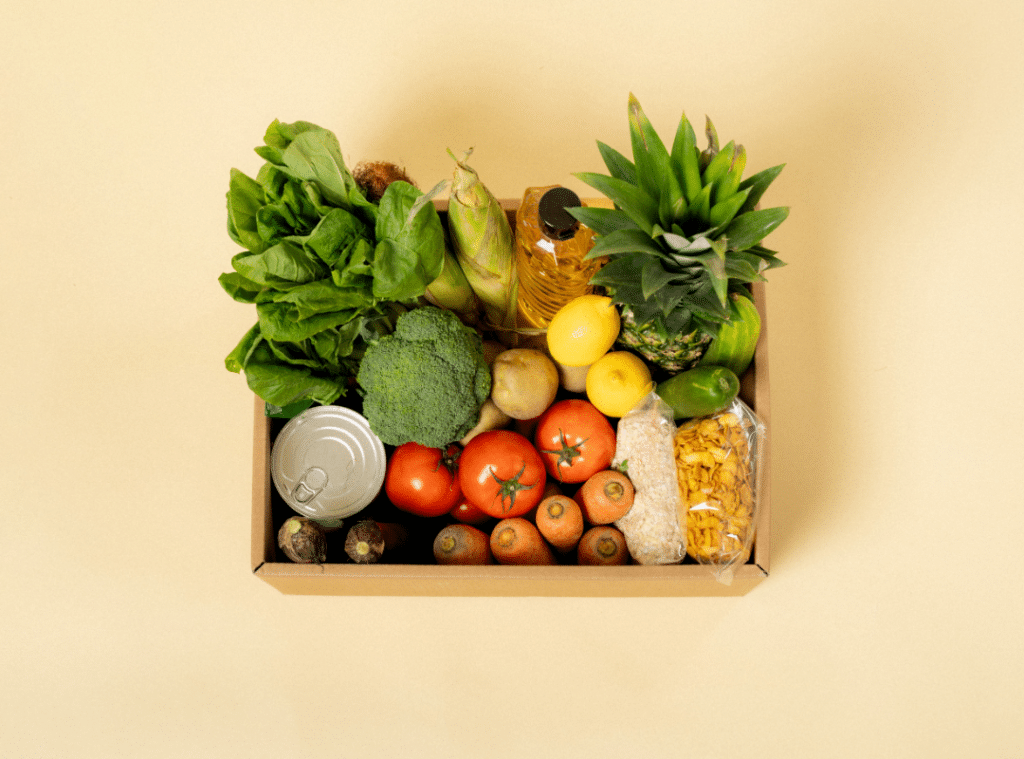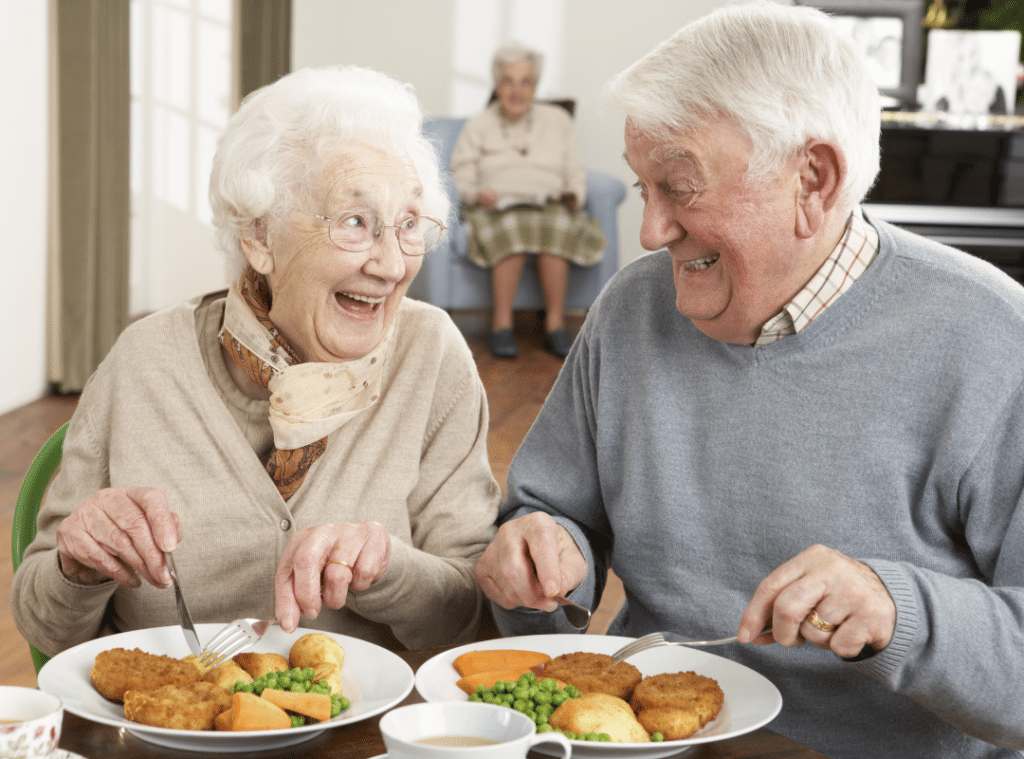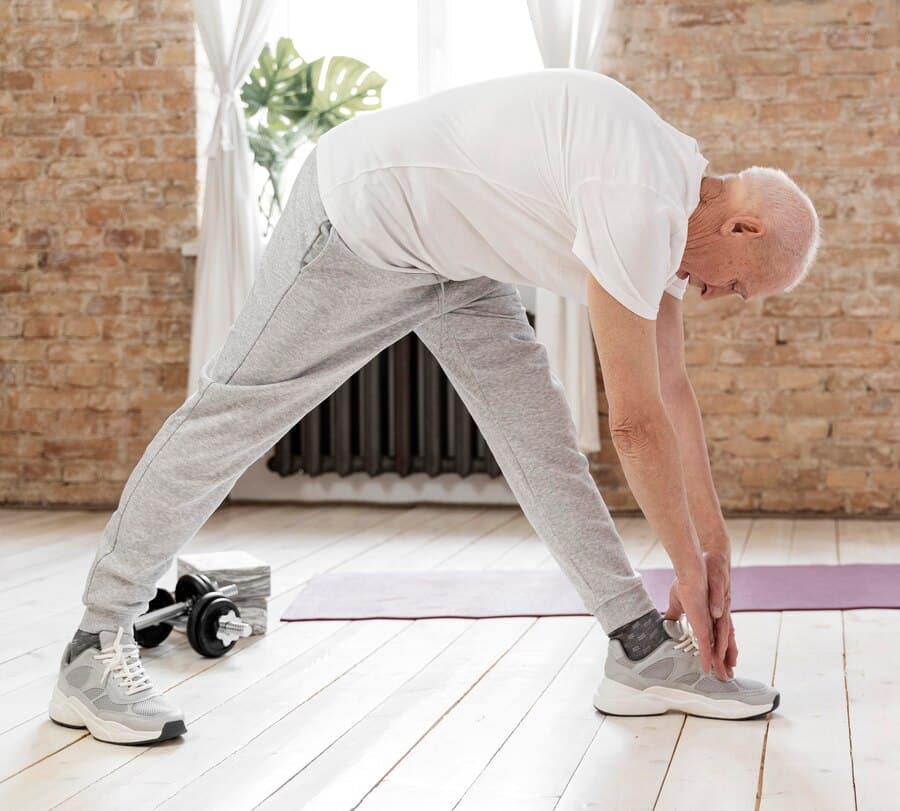Osteoporosis Healthy Diet: 7-Day Plan for Stronger Bones
As we age, maintaining healthy bones becomes more than just a wellness goal—it becomes a vital necessity. Osteoporosis, a condition that weakens bones and increases the risk of fractures, affects millions of older adults, especially women over 50. Fortunately, proper nutrition can play a powerful role in preventing or slowing down the progression of this condition. A carefully curated osteoporosis healthy diet that’s rich in calcium, vitamin D, magnesium, and lean proteins can help strengthen bones, enhance mobility, and reduce the likelihood of debilitating injuries.
This guide will walk you through a comprehensive 7-day meal plan for osteoporosis, offering nourishing recipes, essential nutrients, and lifestyle strategies designed to protect and preserve bone health. We’ll also touch on what are the seven worst foods for osteoporosis and how avoiding them can prevent bone loss. Whether you’re planning meals for yourself or a loved one, this article provides practical and delicious ways to embrace an osteoporosis diet and exercise lifestyle that supports longevity and vitality.
Understanding Osteoporosis and Why Diet Matters
Osteoporosis occurs when bones become porous and fragile, often due to hormonal changes, nutrient deficiencies, or lack of physical activity. It’s sometimes referred to as the “silent disease” because bone loss can occur without symptoms until a fracture happens. That’s why prevention through diet and lifestyle is essential.
A balanced, healthy diet for osteoporosis includes calcium-rich foods like low-fat dairy, leafy greens, and fortified alternatives. Vitamin D is just as critical, as it helps the body absorb calcium efficiently. Protein supports muscle mass, which in turn protects bones. Seniors can significantly improve bone density and quality of life when combined with an osteoporosis diet and exercise, such as strength training and weight-bearing movement.
Explore the nutrient-dense plan created by Westmont of Carmel Valley for a deeper look at dietary strategies.
What Are the Seven Worst Foods for Osteoporosis?
Avoiding certain foods is just as important as including bone-supportive nutrients. The following are considered the seven worst foods for osteoporosis:
- Soda and soft drinks are high in phosphorus and sugar, which leach calcium from bones.
- Salty snacks – excessive sodium leads to calcium excretion through urine.
- Alcohol interferes with bone formation and vitamin D absorption.
- Caffeinated beverages, in large amounts, reduce calcium absorption.
- Sugary treats – spike inflammation and replace nutrient-dense foods.
- Red and processed meats may acidify the body and deplete calcium stores.
- Trans fats – found in fried and packaged foods- harm overall health and bone density.
Replacing these with whole, nutrient-rich alternatives forms the foundation of an effective osteoporosis healthy diet.

Key Nutrients That Build Strong Bones
Calcium & Vitamin D
Calcium is essential for building and maintaining bone mass. Vitamin D boosts calcium absorption and supports muscle function. These nutrients are found in dairy, fortified plant milks, leafy greens, and fish.
Magnesium, Vitamin K & Protein
Magnesium and Vitamin K help calcium integrate into bones. Protein maintains muscle mass and bone structure. Explore more about bone-supportive vitamins here.
A senior-focused nutrition program can also ensure consistent intake of these nutrients, especially in community living settings.
Sample 7-Day Meal Plan for Osteoporosis
This 7-day meal plan for osteoporosis is easy to follow and full of variety:
Day 1
- Breakfast: Greek yogurt with chia seeds, berries, and almonds
- Lunch: Spinach salad with chickpeas and feta
- Snack: Cottage cheese and orange slices
- Dinner: Baked salmon with steamed broccoli and quinoa
Day 2
- Breakfast: Smoothie with kale, banana, and fortified milk
- Lunch: Turkey wrap with whole-grain tortilla and veggies
- Snack: Hard-boiled egg and walnuts
- Dinner: Stir-fried tofu with bell peppers and brown rice
Day 3
- Breakfast: Scrambled eggs with spinach and mushrooms
- Lunch: Lentil soup with whole-wheat bread
- Snack: Greek yogurt and honey
- Dinner: Grilled chicken with roasted Brussels sprouts
Day 4
- Breakfast: Oatmeal with blueberries and flaxseed
- Lunch: Black bean and quinoa bowl
- Snack: Celery with almond butter
- Dinner: Chickpea curry with spinach and basmati rice
Day 5
- Breakfast: Chia pudding with fortified almond milk
- Lunch: Tuna salad on whole-grain bread
- Snack: Sliced apple with peanut butter
- Dinner: Grilled shrimp with asparagus and sweet potato
Day 6
- Breakfast: Kefir smoothie with banana and kale
- Lunch: Spinach and turkey wrap
- Snack: Carrot sticks with hummus
- Dinner: Cod baked with lemon, green beans, and quinoa
Day 7
- Breakfast: Greek yogurt pancakes with strawberries
- Lunch: Lentil and veggie salad
- Snack: Almond trail mix
- Dinner: Baked chicken with mashed cauliflower and kale
These meals are nutrient-rich, easy to prepare, and adhere to the principles of the healthy osteoporosis diet while avoiding osteoporosis and foods to avoid.
Easy and Delicious Osteoporosis Diet Recipes
Incorporating delicious osteoporosis diet recipes into your week makes sticking to this lifestyle enjoyable:
Greek Yogurt Smoothie
Blend 1 cup of Greek yogurt, ½ banana, handful of spinach, and ½ cup of fortified almond milk.
Chickpea & Spinach Salad
Combine 1 cup of spinach, ½ cup of chickpeas, cherry tomatoes, and 2 tbsp of feta cheese. Add olive oil and lemon juice.
Baked Salmon with Broccoli
Season salmon with herbs, bake for 20 minutes, and serve with steamed broccoli and quinoa for a protein-rich dinner.
Explore more meal ideas for seniors that are both satisfying and easy to digest.
Smart Snacking for Bone Strength
Snacks can reinforce your dietary goals between meals. Great options include:
- Low-fat string cheese
- Almonds and walnuts
- Cottage cheese with pineapple
- Greek yogurt and berries
- Whole grain crackers with hummus
These support your calcium and protein needs while reducing cravings for the foods to avoid.
Why Osteoporosis Diet and Exercise Go Hand in Hand
A strong bone health strategy includes both food and movement. Effective osteoporosis diet and exercise combinations include:
- Weight-bearing exercises like walking and dancing
- Resistance training with light weights or resistance bands
- Balance-enhancing activities like yoga or tai chi
Nutrition fuels your body, while exercise stimulates bone growth and maintains muscle strength—especially important when following a long-term osteoporosis healthy diet plan.
Learn More from Trusted Sources
- National Osteoporosis Foundation – Bone health resources and prevention tips
- Harvard Nutrition Source – Evidence-based diet strategies
- Mayo Clinic’s osteoporosis page – Risk factors, symptoms, and treatment options
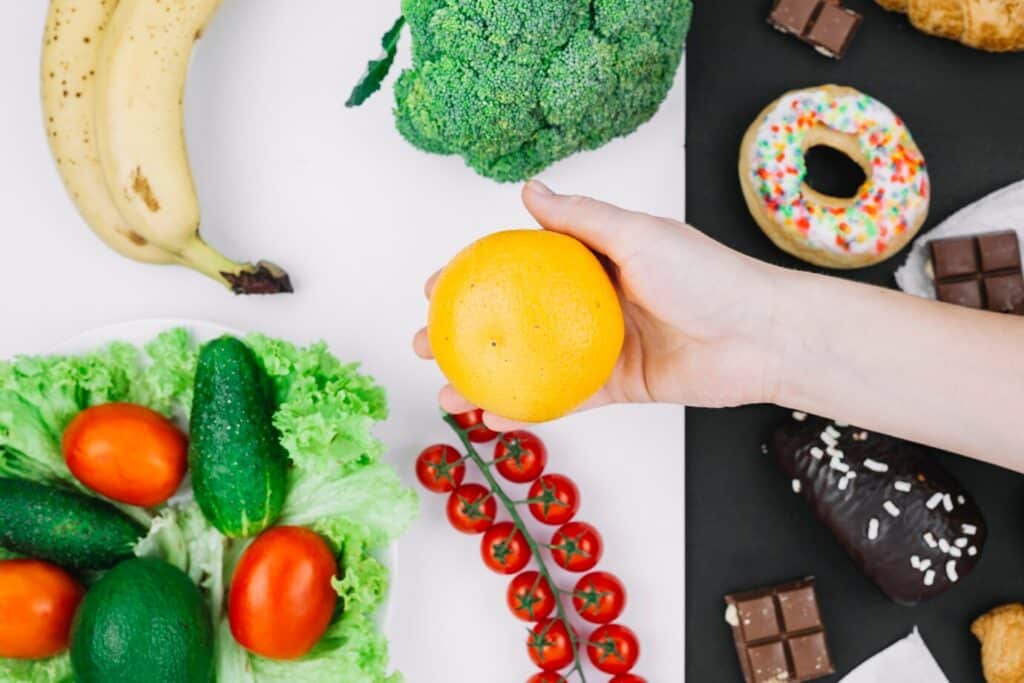
Build Your Strength: A Powerful Ending
Committing to a structured osteoporosis healthy diet and lifestyle plan empowers you or your loved ones to live actively and confidently. You’re laying a strong foundation for your future health through nutrient-dense foods, avoidance of the seven worst foods for osteoporosis, and engaging in regular physical activity. Use this 7-day meal plan for osteoporosis as your blueprint, and remember—nourishing your body is one of the best gifts you can give yourself.
For more support or to tour a senior community prioritizing wellness and nutrition, visit Westmont of Carmel Valley or call 858-465-7356.
How Do The Costs Of Moving Into A Quality Senior Care Community Compare With The Costs Of Staying At Home?Compare The Costs of Senior Living vs Staying at Home
Frequently Asked Questions
What is the best diet for osteoporosis?
The best diet for osteoporosis includes foods rich in calcium, vitamin D, and protein. Incorporating dairy products, leafy green vegetables, almonds, tofu, and fortified foods helps maintain strong bones. Vitamin D sources like salmon and egg yolks are essential for calcium absorption. A well-balanced diet combined with regular exercise supports overall bone health.
What is the fastest way to increase bone density?
Combine resistance training and weight-bearing exercises to quickly increase bone density with a calcium- and vitamin D-rich diet. Lifestyle changes such as quitting smoking, limiting alcohol, and getting regular sunlight also support bone health. In some cases, doctors may prescribe medications to help speed up the process. Consistency and medical supervision are key for effective results.
What is the best breakfast for people with osteoporosis?
A bone-friendly breakfast could include fortified oatmeal with low-fat milk, a boiled egg, and a side of berries. This meal provides calcium, protein, and vitamin D, which are vital for bone strength. Adding nuts or seeds can offer extra magnesium and healthy fats. Such balanced meals support bone repair and strength throughout the day.
What are 3 dietary factors for osteoporosis?
Three key dietary factors that impact osteoporosis are calcium intake, vitamin D levels, and protein consumption. Low calcium can lead to decreased bone density, while vitamin D is essential for calcium absorption. Adequate protein supports bone repair and growth. Balancing these nutrients helps reduce the risk of osteoporosis-related fractures.





